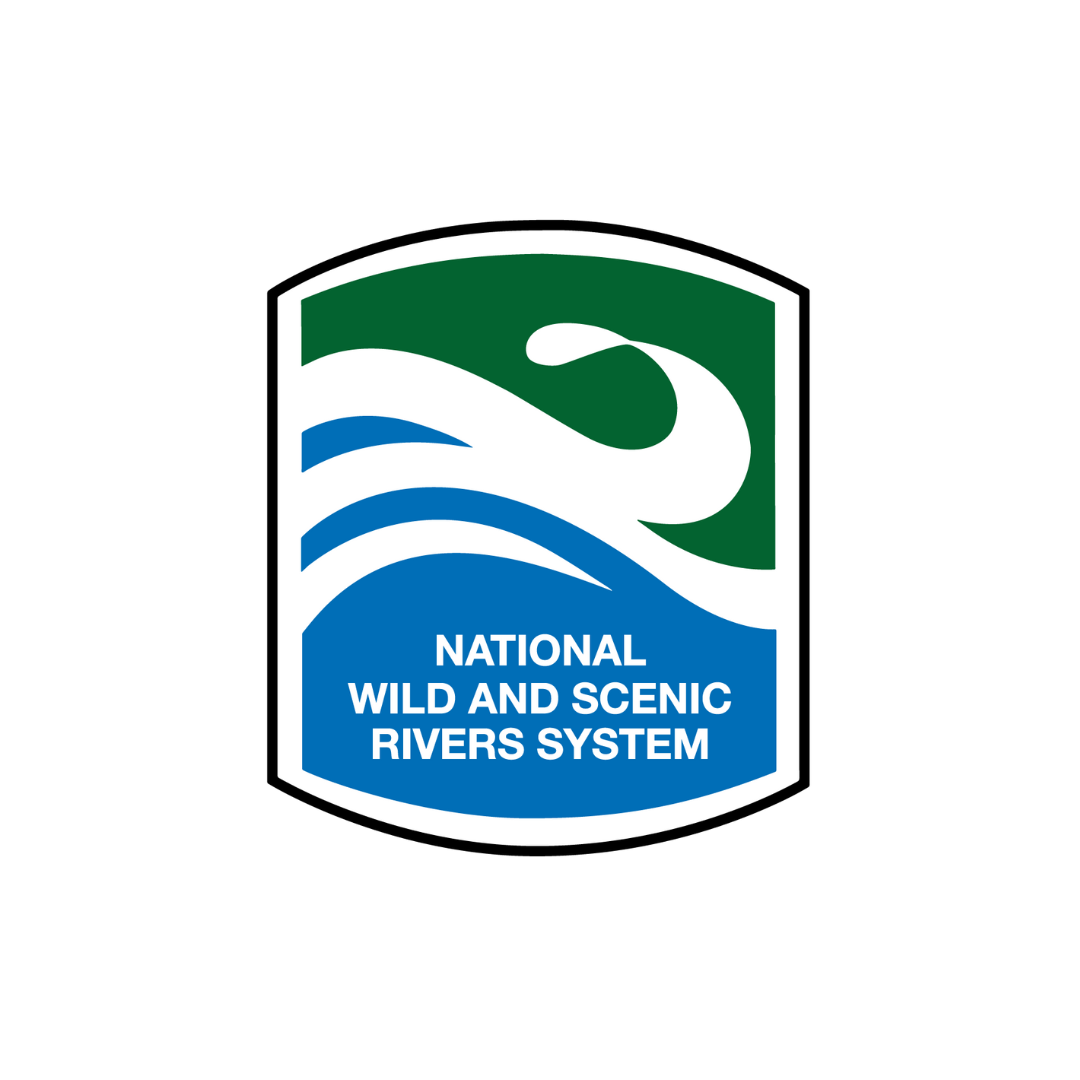Class II-III (IV) Salmon River, ID
North Fork to Corn Creek (Confluence with North Fork to Corn Creek)
Known as “The River of No Return,” the Salmon River originates in the Sawtooth and Lemhi Valleys of central and eastern Idaho; snows from the Sawtooth and Salmon River Mountains in the south and the Clearwater and Bitterroot Mountains in the north feed this river. The upper section passes through the Frank Church River of No Return Wilderness, while the lower section forms the southern boundary of the Gospel-Hump Wilderness.
Whitewater boating is by far the predominant use from April through September and is what the river is best known for. The Salmon River is world renowned in the boating community and origin of visitors reflects an international flavor. The wild section offers multi-day trips, while the recreation section offers primarily day use trips. Approximately 7,000 people go down the corridor via float boat each summer through Class I to Class IV whitewater. The Salmon’s abundant sandy beaches provide campsites to float groups throughout the summer and fall.
Once deemed impossibly rough for navigation by the famous Lewis and Clark expedition, with the recent advent of power boats, skilled operators have been able to travel up-river. Even today however, this trip demands the best in skill, experience, and equipment. The historical use of jetboats was recognized by Congress as an integral part of the transportation system on the Salmon River; therefore, provisions were made to continue powerboat use.
Permits are required for both float boats and jetboats on the wild section during the control period of June 20 - September 7. All floaters are required to carry fire pans, portable toilets, ash containers, shovel, bucket, and food strainer. Leave No Trace and minimum-impact camping techniques are the required method of dealing with your overnight stay in the corridor. Applications for permits are taken in December through January through the National Recreation Reservation System at rec.gov.
Jet boat permits are issued on a phone-in, first-come/first-served basis.
For More Information Visit: Salmon River, ID - rivers.gov
Section Details
| Trip Length | Full Day, 46.4 Miles |
| Fishing | Yes |
| Camping | Yes |
| Permit | No |
| Manager | U.S. Forest Service, Salmon-Challis National Forest |
| Wild & Scenic | Yes |
| Water Trail | No |
| Description | American Whitewater |
